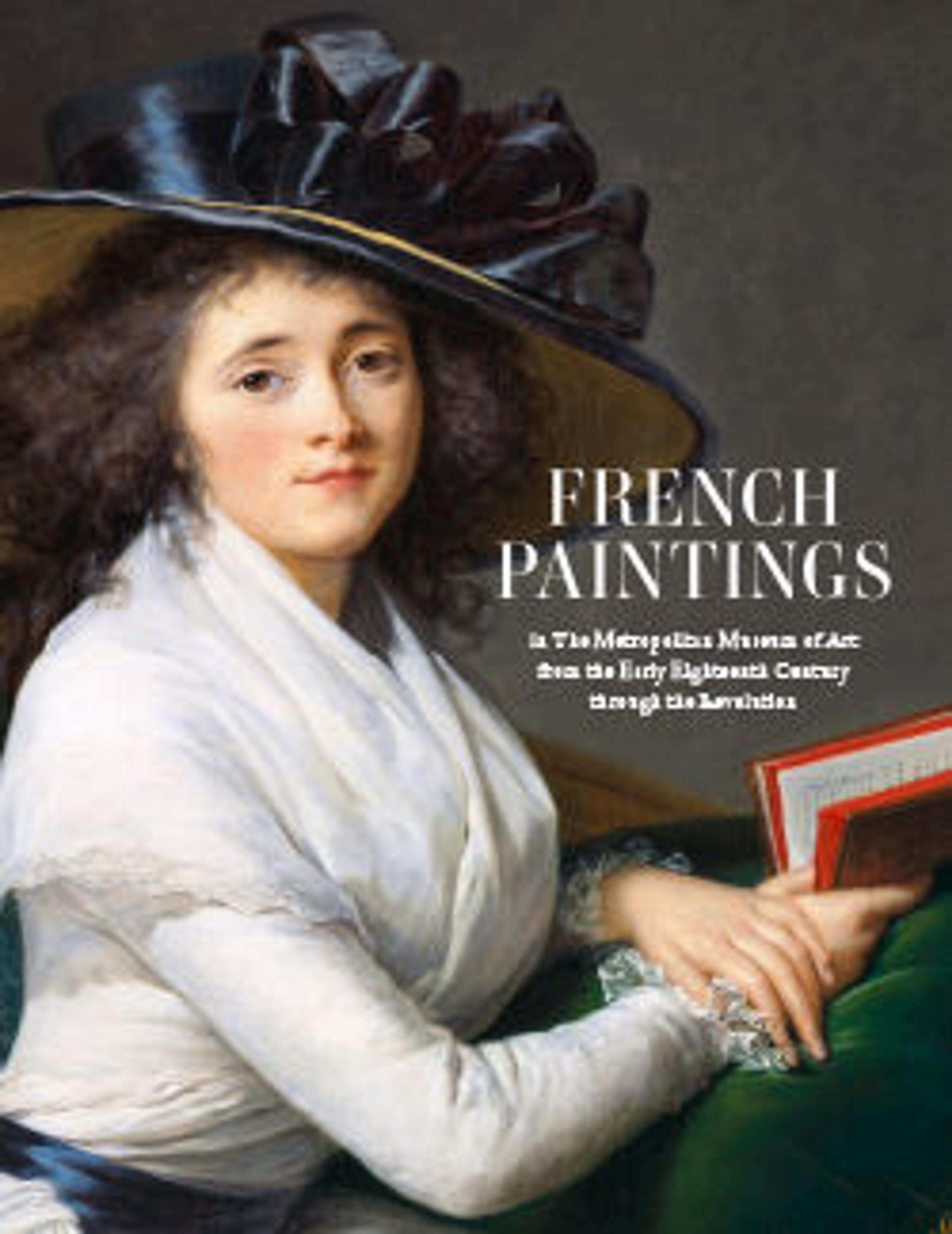The Mass of Saint Basil
This is Subleyras’s highly finished proposal, or modello, for his most important commission: a design that would be translated into an enormous mosaic altarpiece for Saint Peter’s Basilica in Rome. Subleyras depicts Saint Basil the Great (ca. 330–379) celebrating Mass in the presence of the Emperor Valens (328–378). The artist’s exceptional ability to depict white in all its tonal range is evident in the robes of the priests who surround Basil as he receives wine for Communion. The young emperor, picked out by his bright red cape, swoons dramatically in response to what he witnesses.
Artwork Details
- Title:The Mass of Saint Basil
- Artist:Pierre Hubert Subleyras (French, Saint-Gilles-du-Gard 1699–1749 Rome)
- Date:1746
- Medium:Oil on canvas, transferred from canvas
- Dimensions:54 x 31 1/8 in. (137 x 79 cm)
- Classification:Paintings
- Credit Line:Wrightsman Fund, 2007
- Object Number:2007.166
- Curatorial Department: European Paintings
More Artwork
Research Resources
The Met provides unparalleled resources for research and welcomes an international community of students and scholars. The Met's Open Access API is where creators and researchers can connect to the The Met collection. Open Access data and public domain images are available for unrestricted commercial and noncommercial use without permission or fee.
To request images under copyright and other restrictions, please use this Image Request form.
Feedback
We continue to research and examine historical and cultural context for objects in The Met collection. If you have comments or questions about this object record, please contact us using the form below. The Museum looks forward to receiving your comments.
